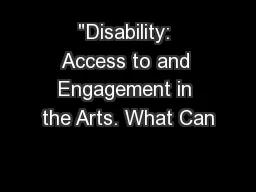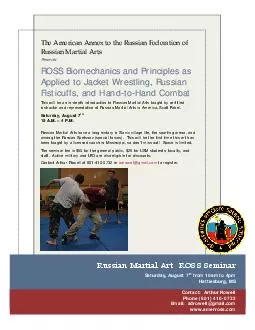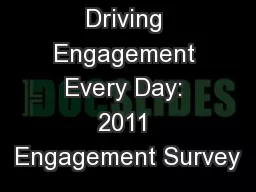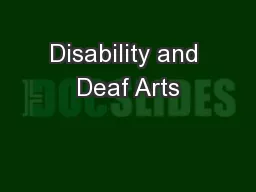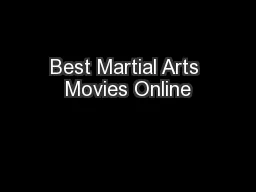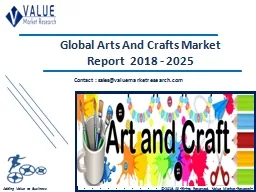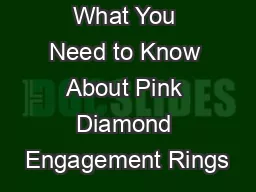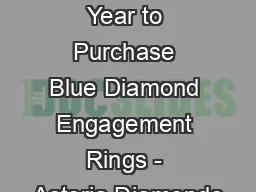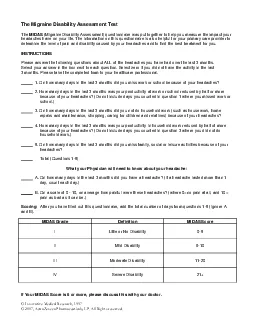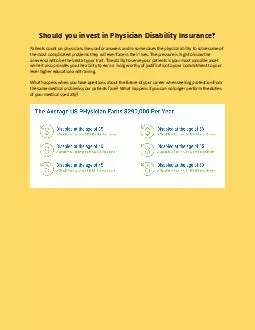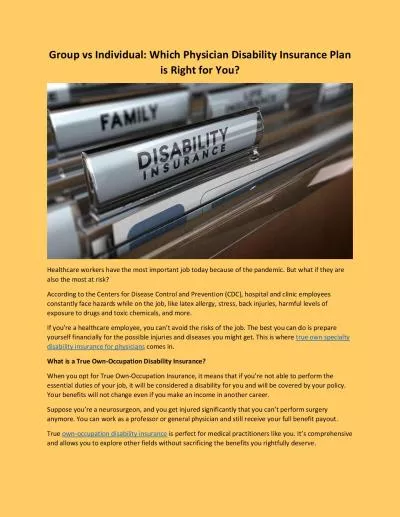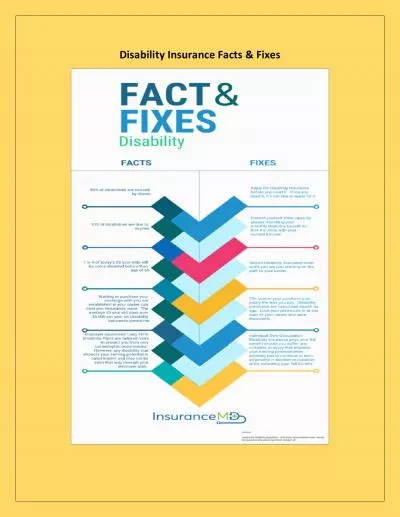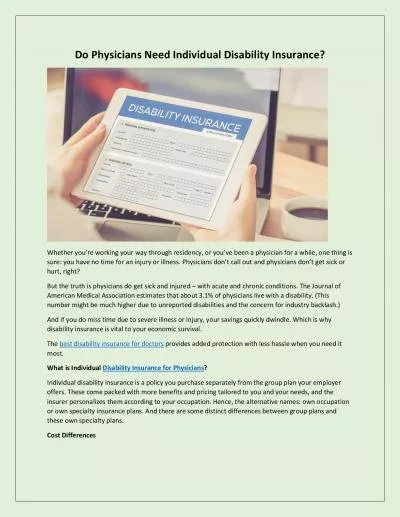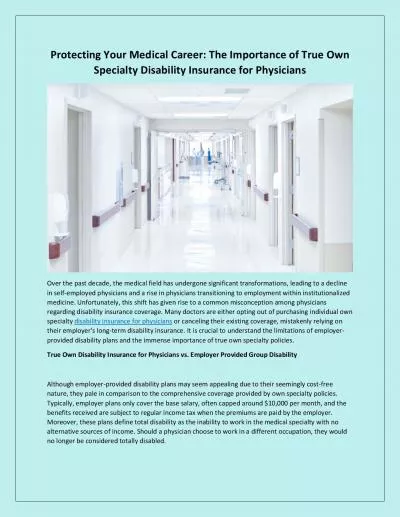PPT-"Disability: Access to and Engagement in the Arts. What Can
Author : olivia-moreira | Published Date : 2016-11-08
Professor Charlotte Waelde University of Exeter Dr Abbe Brown University of Aberdeen 4 October 2013 Arts case study 1 Text Son of Groucho Creative Commons Attribution
Presentation Embed Code
Download Presentation
Download Presentation The PPT/PDF document ""Disability: Access to and Engagement in..." is the property of its rightful owner. Permission is granted to download and print the materials on this website for personal, non-commercial use only, and to display it on your personal computer provided you do not modify the materials and that you retain all copyright notices contained in the materials. By downloading content from our website, you accept the terms of this agreement.
"Disability: Access to and Engagement in the Arts. What Can: Transcript
Download Rules Of Document
""Disability: Access to and Engagement in the Arts. What Can"The content belongs to its owner. You may download and print it for personal use, without modification, and keep all copyright notices. By downloading, you agree to these terms.
Related Documents

